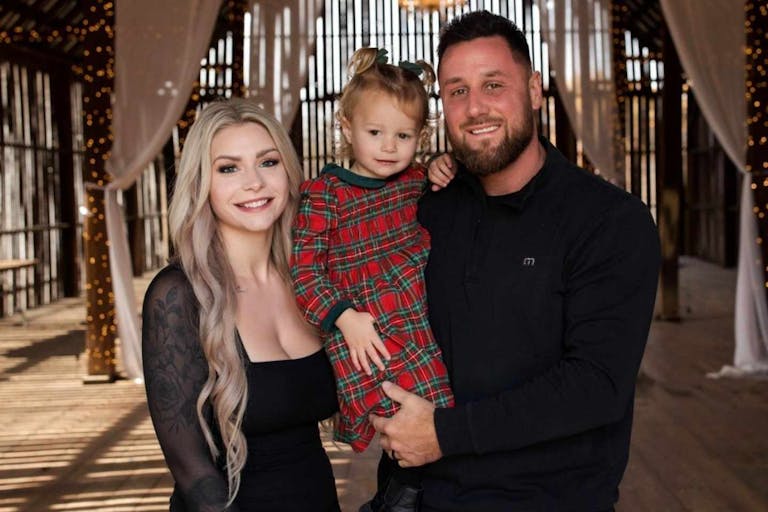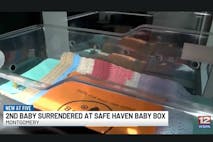
A pro-life sign saved this little girl's life from abortion
Andrea Trudden
·
Analysis
Cassy Cooke
·
International
Angeline Tan
·
Analysis
Bridget Sielicki
·
Politics
Bridget Sielicki
·
Issues
Bridget Sielicki
·
400k+ Readers Strong & Growing
News & Commentary from
A Pro-Life Perspective
As the news arm of Live Action, we educate the public and advocate for preborn rights by providing timely, accurate, and compelling news and stories about the pro-life movement.

Analysis
Cassy Cooke
·
International
Angeline Tan
·
Analysis
Bridget Sielicki
·
Politics
Bridget Sielicki
·
Issues
Bridget Sielicki
·
Politics
Nancy Flanders
·
Human Interest
Nancy Flanders
·
Issues
Nancy Flanders
·
Opinion
Angeline Tan
·
Politics
Tabitha Goodling
·
Human Interest
Bridget Sielicki
·
Human Interest
Sheena Rodriguez
·